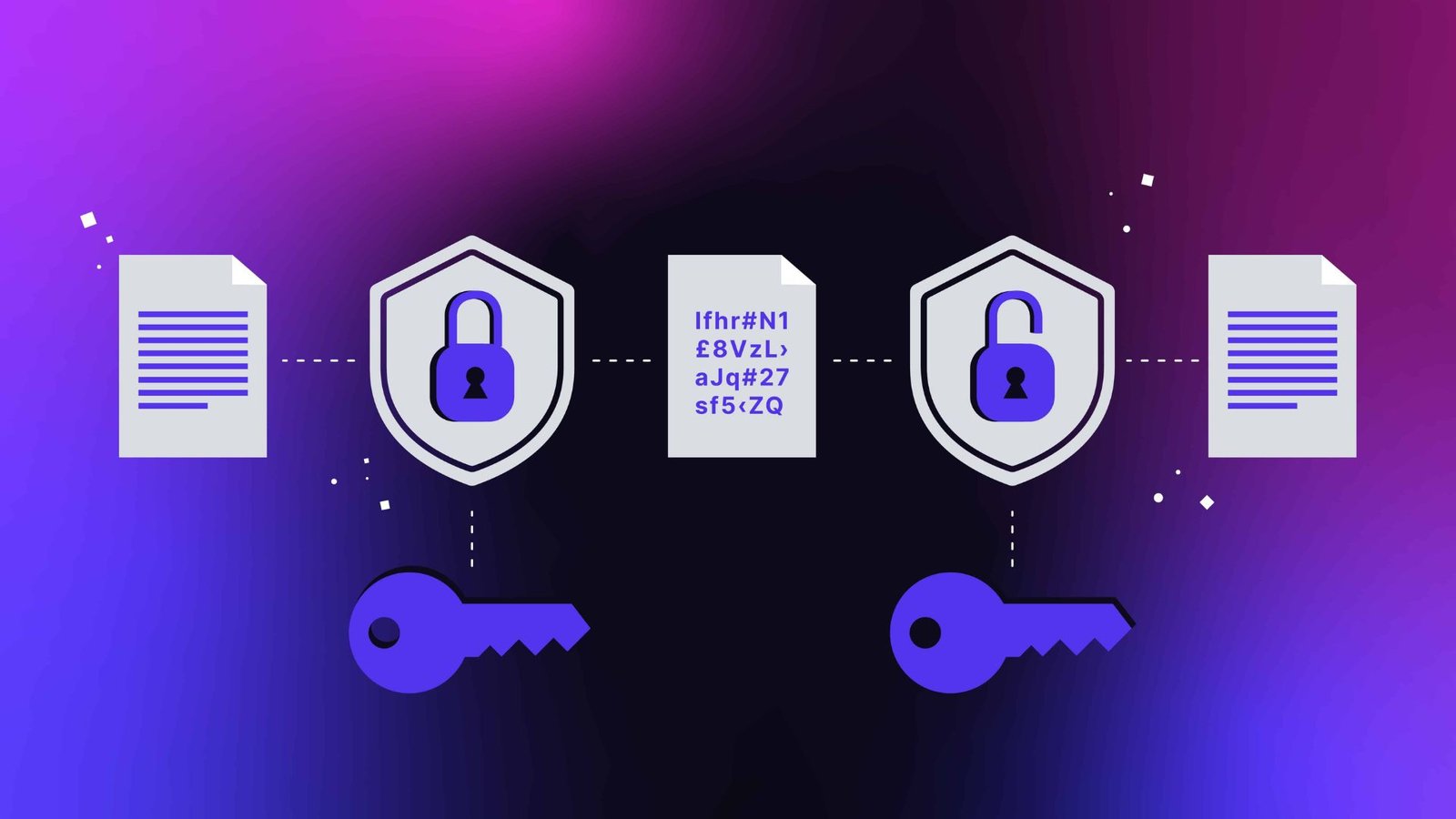Implementing Encryption in Telecommunications for Added Security
In today’s digital world, ensuring the security of telecommunications is more important than ever. Implementing encryption in telecommunications is a key step in protecting sensitive information from unauthorized access. In this article, we’ll guide you through the process of implementing encryption in telecommunications, explaining each step in detail. Let’s get started!
Understanding the Importance of Encryption in Telecommunications
Encryption in telecommunications is essential for protecting the privacy and integrity of data transmitted over networks. Whether it’s voice calls, text messages, or data transfers, encryption ensures that the information remains confidential and secure from eavesdroppers. By converting the data into a coded format, only authorized users with the correct decryption key can access the original content.

Choose the Right Encryption Method
The first step in implementing encryption in telecommunications is choosing the appropriate encryption method. There are several encryption algorithms available, each with its strengths and weaknesses. Selecting the right one is crucial for ensuring that your telecommunications system is both secure and efficient. Let’s take a closer look at some of the most commonly used encryption methods:
- AES (Advanced Encryption Standard): AES is a symmetric encryption algorithm, meaning the same key is used for both encryption and decryption. It’s widely adopted in telecommunications because of its strong security, speed, and efficiency. It offers different key lengths, such as 128-bit, 192-bit, and 256-bit, with 256-bit being the most secure but also the most resource-intensive.
- RSA (Rivest-Shamir-Adleman): RSA is an asymmetric encryption algorithm, which uses a pair of keys—a public key for encryption and a private key for decryption.
Implement Encryption in Voice Communications
Encrypting voice communications is crucial for preventing unauthorized access to sensitive conversations. To implement encryption in telecommunications, particularly for voice calls, you can use technologies like:
- VoIP (Voice over Internet Protocol) Encryption: VoIP services often come with built-in encryption features, such as SRTP (Secure Real-Time Transport Protocol).
Secure Text Messages and Data Transfers
In addition to voice communications, it’s essential to encrypt text messages and data transfers within telecommunications systems. Here’s how you can do that:
- To secure SMS communications, you can use encrypted messaging apps like Signal or Telegram, which offer end-to-end encryption.
- Data Transfer Encryption: For secure data transfers, use encryption protocols like IPsec (Internet Protocol Security) or SSL/TLS. These protocols encrypt data packets as they travel across networks, ensuring that the data remains confidential and tamper-proof.
Ensure Proper Key Management
Key management is a critical aspect of implementing encryption in telecommunications.
- Secure Key Storage: Store encryption keys in secure environments, such as hardware security modules (HSMs) or encrypted databases, to prevent unauthorized access.
- Regular Key Rotation: Regularly update and rotate encryption keys to minimize the risk of key compromise.
Proper key management is essential for maintaining the security of your encryption in telecommunications.
Conclusion
Implementing encryption in telecommunications is a vital step in securing your communications and protecting sensitive information. By choosing the right encryption method, securing voice communications, encrypting text messages and data transfers, and ensuring proper key management, you can significantly enhance the security of your telecommunications system. Remember, the goal is to make your communications as secure as possible, keeping your data safe from prying eyes.



